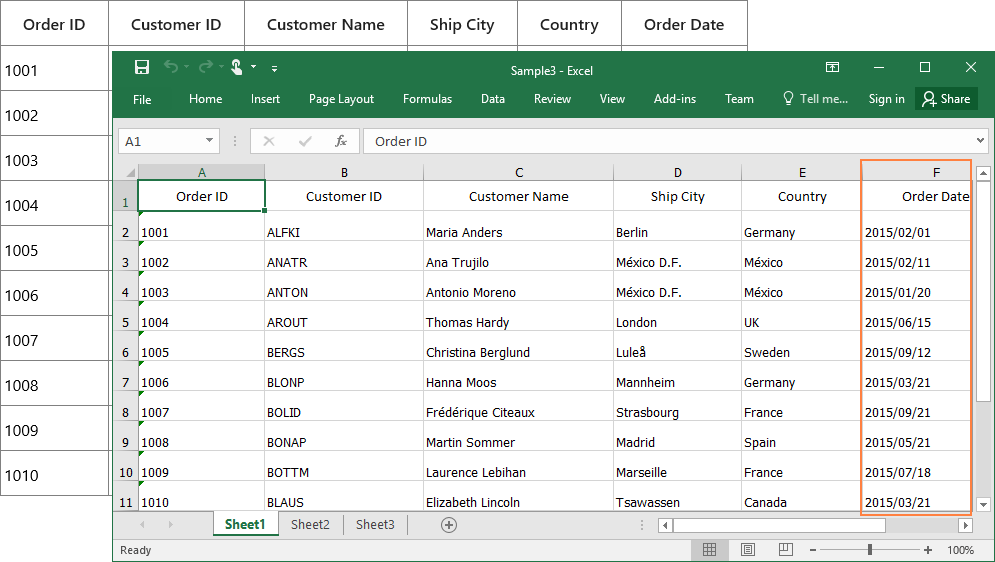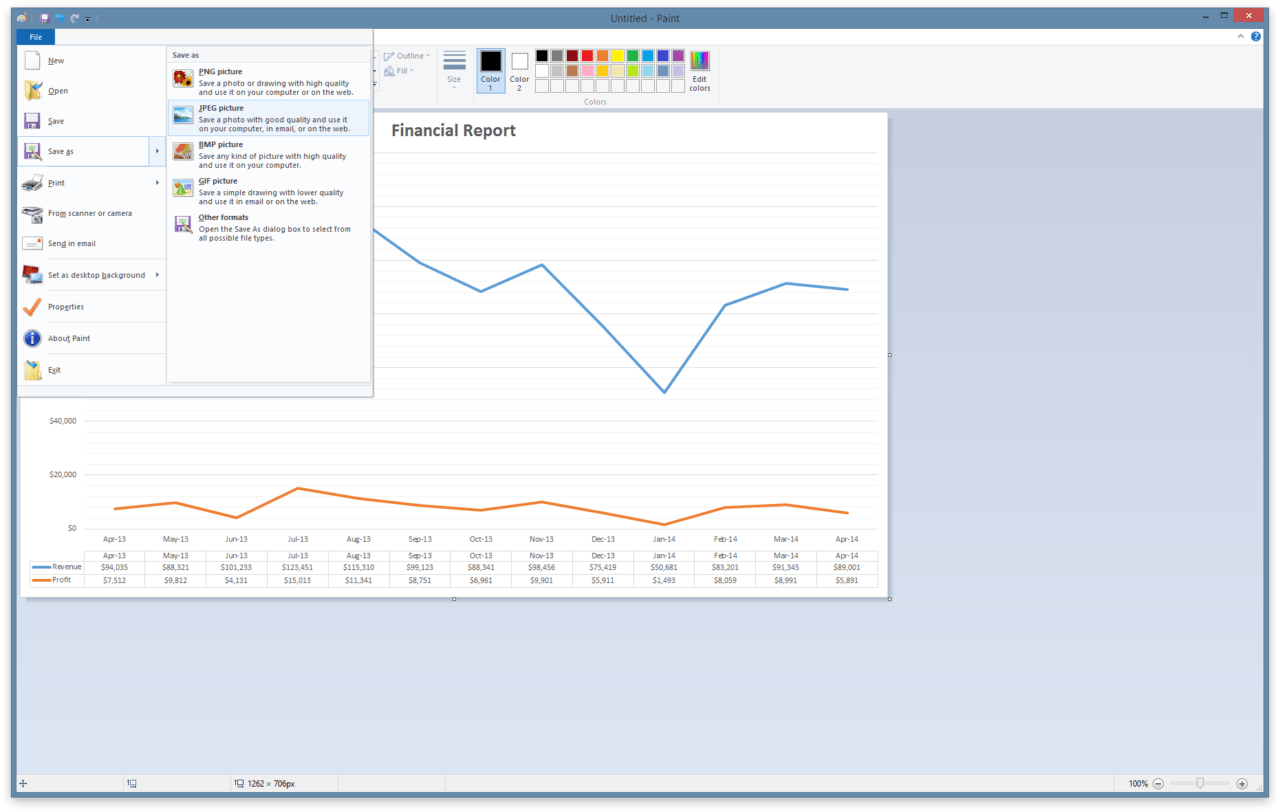3 Ways to Export Hadoop Data to Excel

In the era where data drives decision-making, exporting data from Hadoop to Excel has become a frequent requirement for analysts and decision-makers. Hadoop, known for handling large datasets across clusters of computers, doesn't directly interface with Excel, but there are several methods to bridge this gap. Here's an exploration of three effective ways to export Hadoop data to Excel, ensuring you can leverage the power of data in an environment familiar to many professionals.
Method 1: Using Sqoop to Export Data

Sqoop is an excellent tool for transferring data between Hadoop and relational databases or data storage systems. While Excel isn’t a traditional database, you can still leverage Sqoop’s capabilities through some manipulation:
- Step 1: Extract the necessary data from Hadoop HDFS to a staging database using Sqoop.
- Step 2: Use this staging database to connect with Excel, either through direct connection or by exporting the data into a CSV file.
💡 Note: Ensure you have the Sqoop installation along with the necessary JDBC drivers for the staging database.
Method 2: Hive to Excel via JDBC

Hive, being a data warehousing solution on top of Hadoop, can interface with Excel through JDBC or ODBC connectors:
- Step 1: Create a Hive table and load data into it from your Hadoop cluster.
- Step 2: Set up an ODBC or JDBC connection in Excel to connect to Hive. You can use external tools like Tableau or Power BI to facilitate this connection.
💡 Note: Hive provides SQL-like language, making it easier to query data for export to Excel.
Method 3: Using Third-Party Tools

There are numerous third-party applications designed to extract data from Hadoop ecosystems for use in Excel:
- Example Tools:
- Apache Drill
- DataDirect Connectors
- Cloudera's ODBC Driver
- Process:
- Install and configure the tool according to the provider's documentation.
- Establish a connection to your Hadoop cluster.
- Query the data in Hadoop and export it directly into an Excel-compatible format.
💡 Note: Always ensure the tools you choose are compatible with your Hadoop version and are regularly updated for security patches.
Each method has its pros and cons:
| Method | Pros | Cons |
|---|---|---|
| Sqoop | - Highly efficient for transferring data | - Requires staging |
| Hive JDBC/ODBC | - SQL-like interface | - Requires setup |
| Third-Party Tools | - User-friendly | - Potential cost or licensing |

Choosing the right method depends on your specific needs, the frequency of data export, the size of the dataset, and your comfort with setting up and maintaining connections. All these methods provide a pathway from Hadoop to Excel, transforming your big data insights into actionable Excel worksheets.
By now, you should have a clear understanding of how to get Hadoop data into Excel. Remember, the goal is not just to export data but to make it accessible and usable in an environment where decision-makers are comfortable. Whether you opt for Sqoop, Hive, or third-party tools, the integration of Hadoop with Excel can dramatically enhance the way you utilize and present data.
Can I export all types of data from Hadoop to Excel?

+
While most structured data can be exported, unstructured or very large datasets might require additional preprocessing or segmentation before exporting to Excel.
What are the limitations of using JDBC/ODBC for data export?

+
The main limitation is the performance when dealing with large datasets due to the inherent nature of query processing through JDBC/ODBC.
Is there a performance impact when using these methods?

+
Yes, exporting large volumes of data can impact performance, especially if the data needs to be processed or reformatted during the export process.



